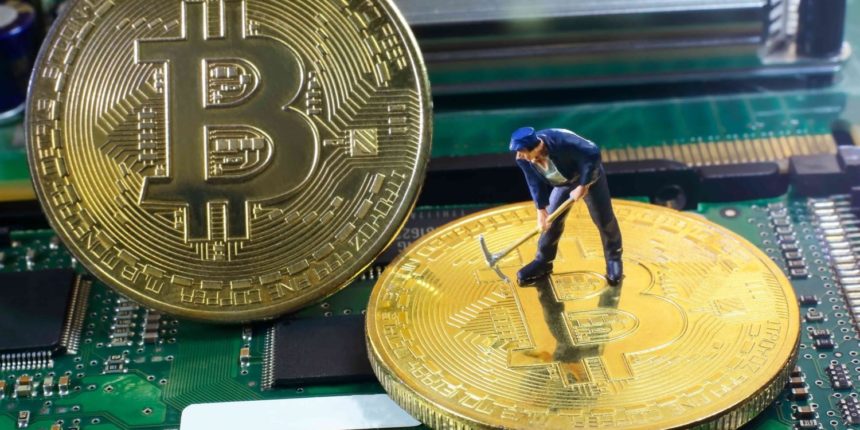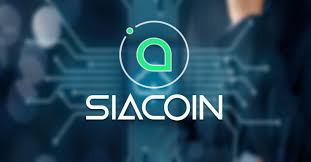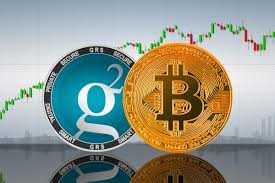Bitcoin SV is the result of a big drama on the BTC blockchain. It all started when Bitcoin was hard forked in 2017, splitting the network and the result was the creation of a new altcoin called Bitcoin Cash. A year later in 2018, Bitcoin Cash underwent its hard fork, and Bitcoin SV was born.
Bitcoin SV (SV stands for Satoshi Vision) positions itself as the original Bitcoin – a cryptocurrency that remains true to the goals of the pseudonymous founder Satoshi Nakamoto. BSV’s central objectives include ensuring the stability and scalability that the original BTC blockchain tried to achieve.

The project’s website states that Bitcoin SV is designed to provide miners with clear choices and enable companies to reliably build applications and websites.
Who are the founders of Bitcoin SV (BSV)?
One person who was closely connected with the invention of Bitcoin SV is Australian entrepreneur Craig Wright, who named himself Satoshi Nakamoto. He is the founder of the fintech company nChain, and he lobbied for the hard fork because he objected to the upgrade programs that were put forward for BSV.
Entrepreneur Calvin Eyre also actively supported Bitcoin SV and regularly looked for investment opportunities in blockchain-based projects.
What makes Bitcoin SV (BSV) unique?
There are several markets BSV hopes to target and use cases it wants to achieve that advocates say the likes of Bitcoin and Bitcoin Cash cannot provide.
Some consider BTC to be a speculative asset and not one that works well for day-to-day payments. In contrast, BSV claims it can “replace any payment system in the world with a more user-friendly, cheaper commercial price, and more secure levels of security.”
Bitcoin SV also desires to work as an enterprise blockchain solution for companies pleased in learning more about what this technology has to offer.
Compared to its older siblings, BSV also strives to stand out in terms of scalability. Bitcoin SV claims to have a much larger block size than its predecessors, and as a result, it can process more transactions daily.
How many Bitcoin SV (BSV) coins are in circulation?
While BSV aims to offer some tangible improvements over BTC, there are some things that these two cryptocurrencies still have in common: their maximum supply of 21 million.
Like Bitcoin, Bitcoin SV also undergoes a halving when the block reward for miners is cut by 50%. The only difference is that while Bitcoin has three such events right now – in 2012, 2016, and 2020, Bitcoin SV only had one.
How is the Bitcoin SV network secured?
The similarities don’t end there. Bitcoin SV also uses a Proof-of-Work consensus mechanism. If you are not familiar with this concept, remember that before a block can be added to the chain, miners must find the answer to a complex mathematical puzzle using their computing power. The miner who does it first receives a block reward, and this infrastructure helps prevent malicious attacks.
Where to buy Bitcoin SV (BSV)?
Bitcoin SV is listed on major exchanges including OKEx and Bitfinex, as well as dozens of smaller platforms. However, it is not on Binance. This company decided to remove BSV from the list in 2019 because BSV did not meet its standards.
What are the advantages of Bitcoin SV?
- Transaction costs
BSV developers believe that transactions should be cheap and fast. It is the key to the successful development of cryptocurrency.
- Scale
Since the plan is to create a global network, scale is a crucial part of development.
- Network development
The team promises rapid development.
- Miners first
The developers believe that the interests of miners should come first as they run the network.
- Stability
It should be a network with planned changes so that users can feel comfortable creating new solutions for their business.
What are the disadvantages of Bitcoin SV?
Bitcoin SV appeared not so long ago. As this network is still developing, it is too early to talk about some serious shortcomings. Although it has been observed that mining here is even less profitable than the original bitcoin.










